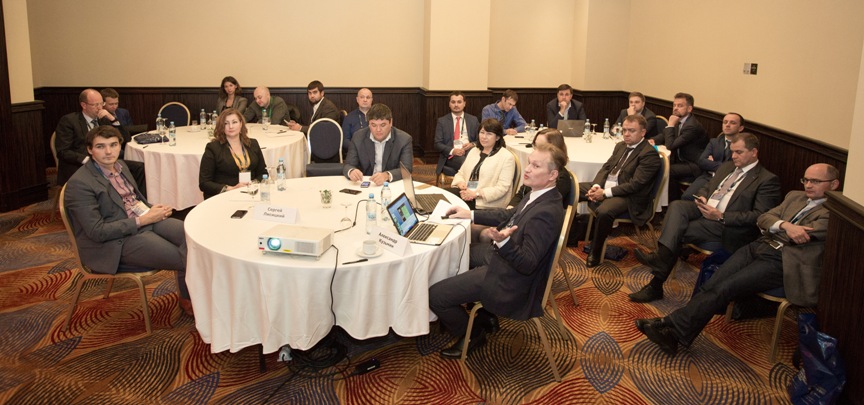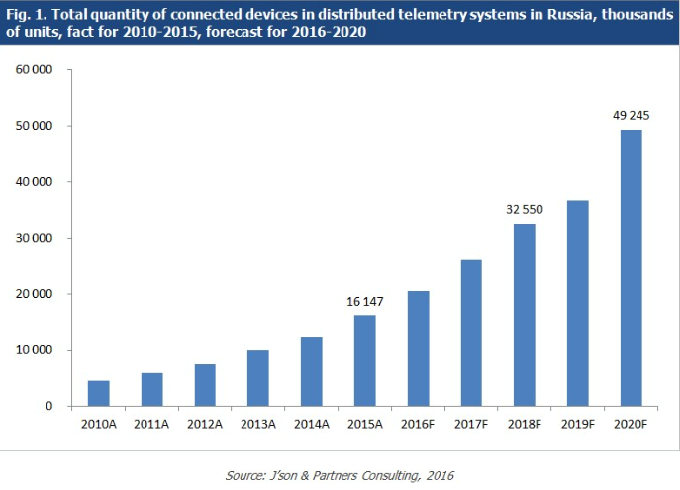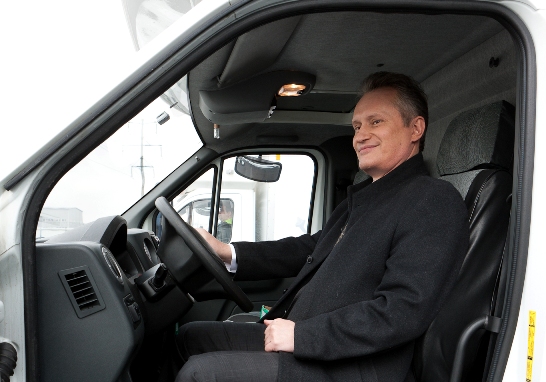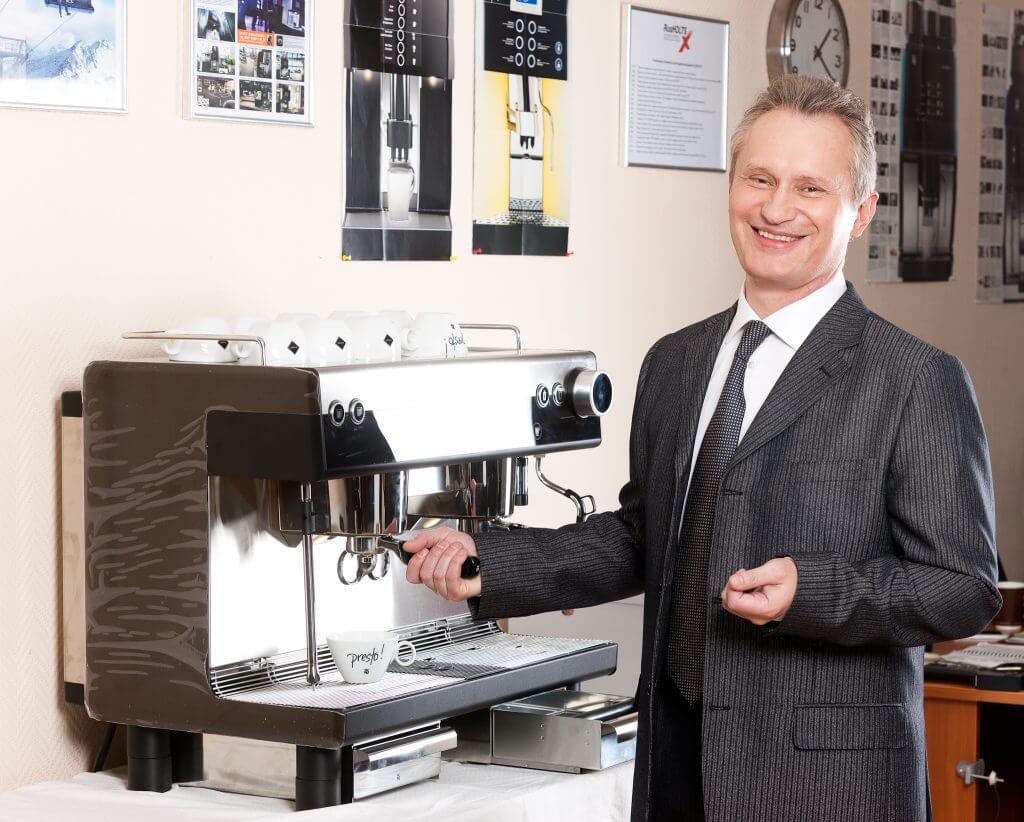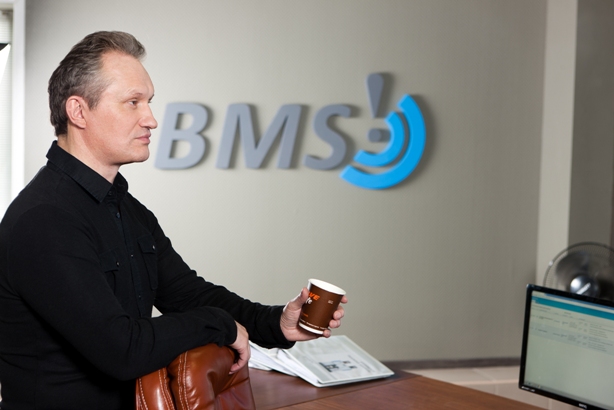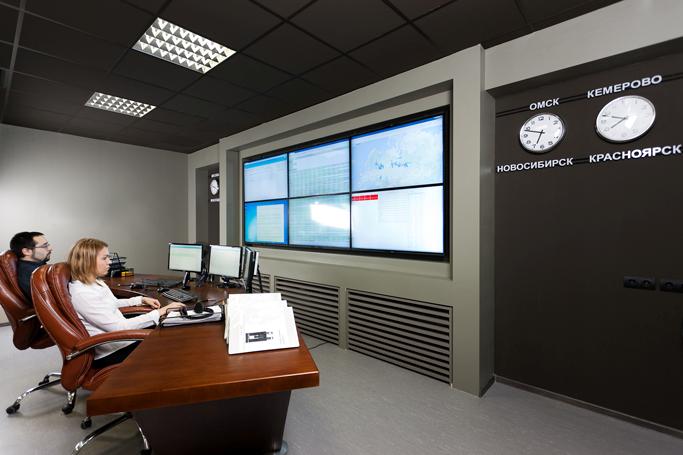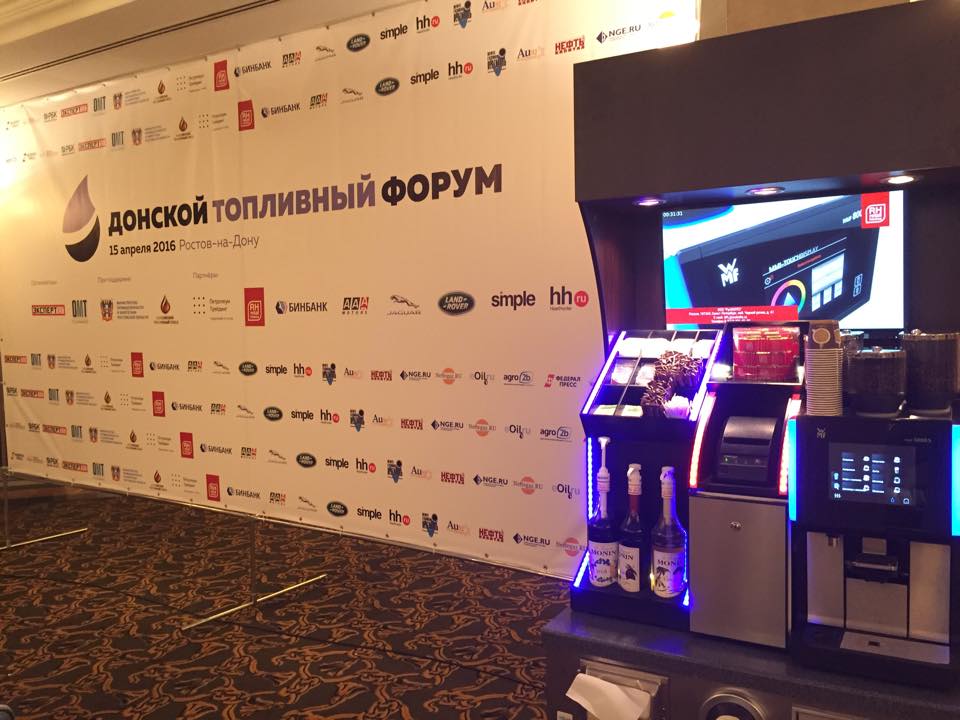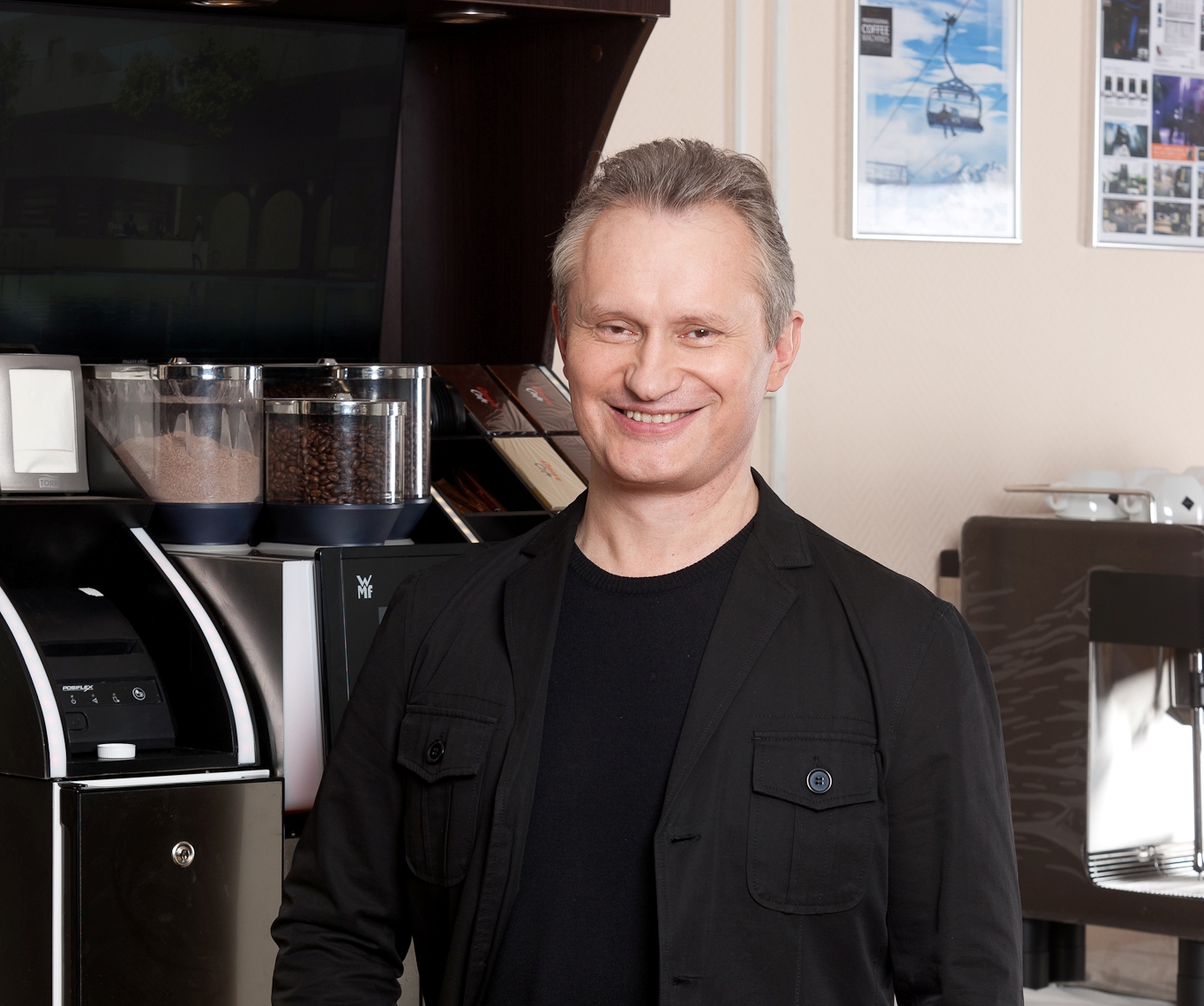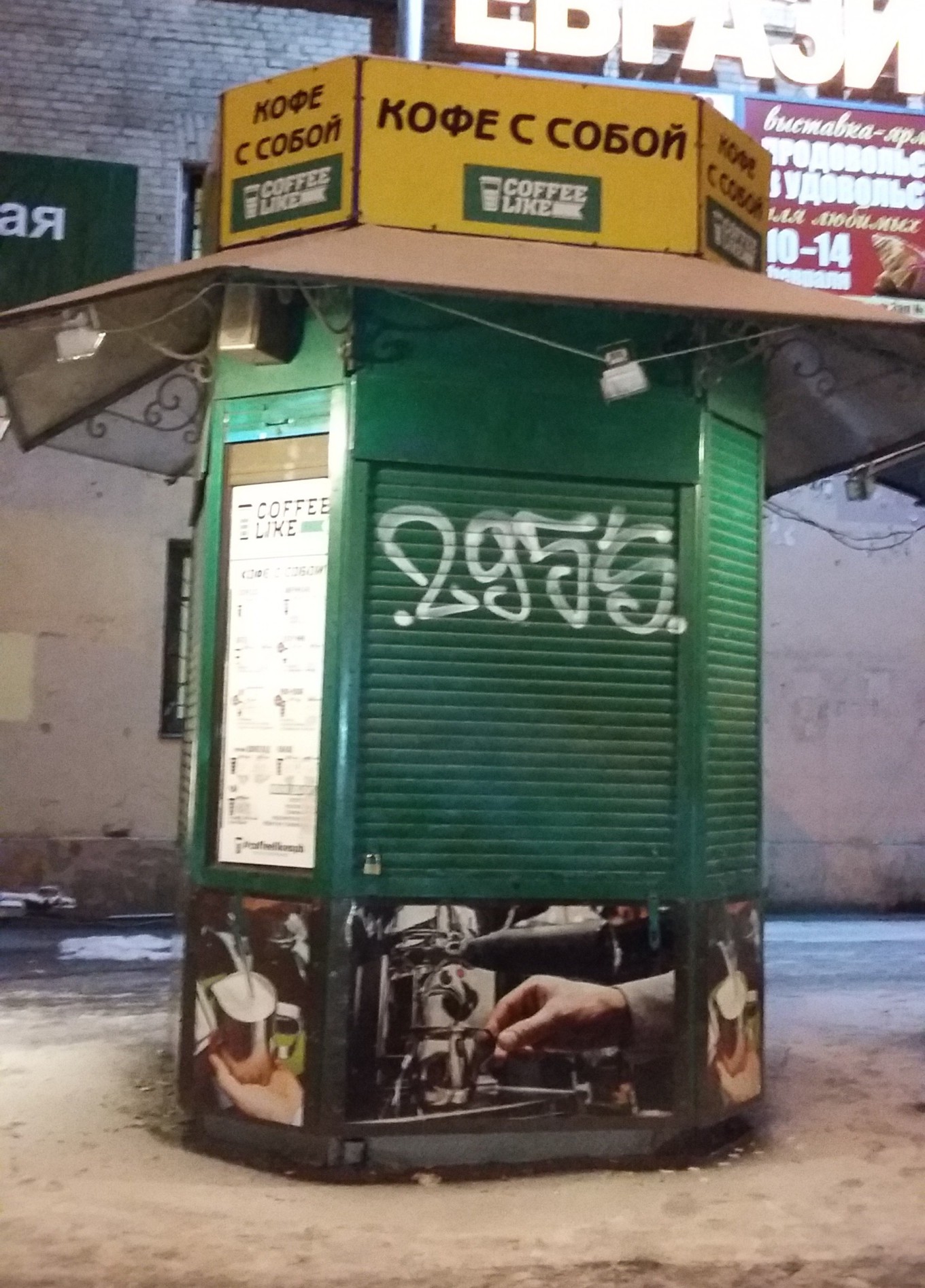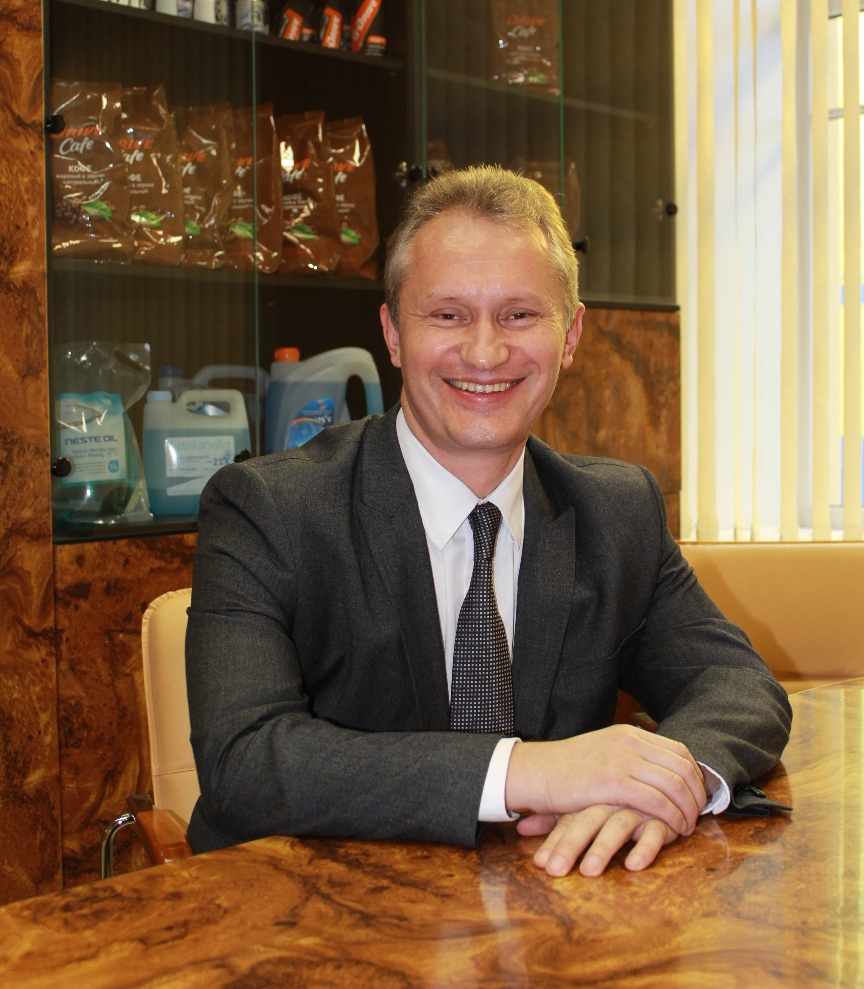Unified center for gas stations technological equipment monitoring has been in operation since October 1, 2015. Half a year is a period of time that gives the opportunity to take a look at first serious results.
During the period from October 1, 2015 to April 1, 2016 more than 1 000 gas stations have been connected in the frame of a federal scale customer's project as well as about two hundred coffee machines of other gas station chains. Also there were launched test projects of telemetry for refrigeration equipment, combined microwave ovens and air conditioning systems serving the objects of potential customers. In test mode the coffee machinesremote monitoring is being used by representatives of the largest HoReCa segment players.
Economic effect
Responding time of on-line service system to equipment failures is 10-15 minutes. Prior to this traditional industry "standard" was 6-12 hours.30% of the problems occured with the equipment is nowpossible to solve remotely.
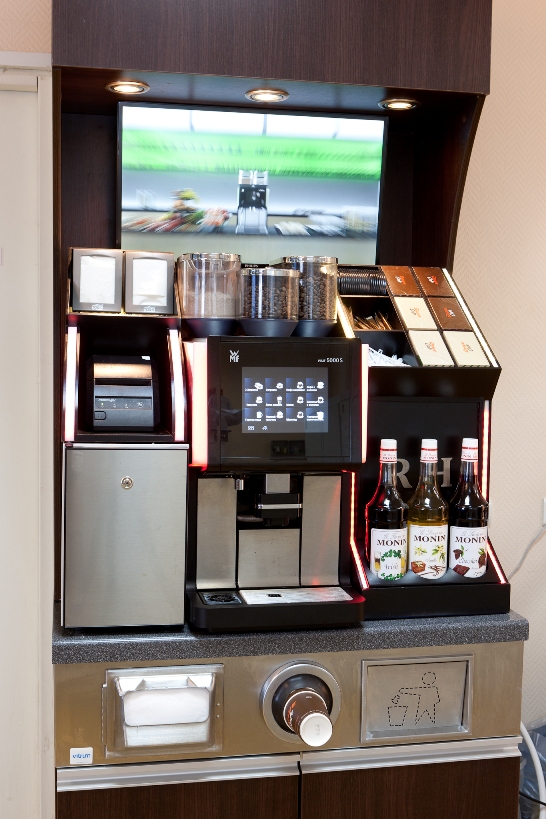
Service mechanics visits paid by customers have reduced by 50%. The mechanic is sent to the service request with the necessary set of tools and spare parts, as he knows exactly what caused the failure.
After start of using remote monitoring coffee machines the downtime reduced by 3 times compared to the "traditional" service system.
Creating smart analytics
Remote monitoring is an IT solution which allows two-way mode managing of an unlimited number of pieces of equipment installed anywhere in the world where you can connect to the Internet. Monitoring Center - is the creation of a smart analytics service based on customized solutions of BMS company (USA), a part of a complex telemetry project "smart gas stations".
In recent years, the mainstream job was to teach customers the right way of using the data and to work out the order of interaction between customer's technicaldepartment and monitoring center.
Now the system creates a series of analytical reportsby user's (or client, operator) request. For coffee machines remote monitoring customers and service companies, serving coffee equipment, the most relevant and popular documents are the reports on the coffee machines washing, downtime of coffee machines and service counters data.
The term "application correction" has arisen in the course of work. As a rule, the gas station staff does not have the knowledge to accurately determine the cause of failure and even the error code shown by coffee machine display may not always clarify the matter. Monitoring center operator analyzes the e-mail event log existing for each monitoring object that makes it very likely to establish the specific cause of failure and to define a set of spare parts which the service mechanic has to have to repair the equipment at the customer's site.
Thus, they managed to reduce the number of service technicians' visits paid by the customer almost twice. Especially noticeable is the economic impact in the regions where there some station are locatedat 1000 and even 1500 km from each other. Previously the mechanic spent at least two days only to find out the causes of failure making a "diagnostic" round trip.
For example, in six months at the initiative of the staff of the Monitoring Centre were created applications for planned maintenance for 163 coffee machines. Stations did not even know that it was time to carry out this operation. Missing maintenance means first of all a tasteless coffee, and secondly, the direct and fastest way to damage expensive equipment. At 235 coffee machines was initiated unscheduled decalcification procedure, and thus restored the correct operation of the equipment without its decommissioning.
Practice shows that the major losses in sales of coffee are due to mass outages of coffee machines. On average, during a day a coffee machine is idle, i.e. it can not make coffee, for about 45 minutes. Before connecting to the monitoring center this time fluctuated in the range of 2-4 hours.
An outage is the time when the machine is being washed, which is a daily procedure, as well as when it is disabled due to a lack of electricity, water, at maintenance etc. Daily reports identified a number of systemic problems in the servicing the machines in the field. For example, the station staff was washing machine at a time when there was a morning stream of customers. Why? Because it's more convenient. A simple calculation of lost profits quickly puts everything in the right place and the staff picks up time to wash the machine which is convenient not to them but to the station's customers.
Remote monitoring coffee machines - is an effective tool for monitoring and control service operation and an obvious source of long-term savings.
Economic security
At the request of a customer, IT Service has created a special "Report on the coffee machines" that automatically compares the number of brewed coffee beverages with data obtained from the customer's cash machines. A simple and effective way to stop the sale "by cash". As a result of comparing the station may be in the "green zone" - the difference between the sold and brewedbeverages doesn't exceed 5% (as installed by the customer). "Yellow Zone" - the difference is between 5% and 15% and "red zone" - the difference is more than 15%. It is clear that the performance in the "red zone" makes you pay attention to the necessity of a clarification session for customer's sales point management and staff.
Total: unrecorded volume of coffee beverages in the first month of work has been reduced by 98%.
Now there's a mobile application for remote monitoring of coffee machines in the process of testing, it is designed to simplify the communication of service engineers and stations' personnel.
It is important not only to receive large amounts of data, but also to use them properly. For example, a comparison of sales in the week before the Lent and during it, showed that it is too early to introduce a special Lent-diet menu at the gas stations. In the first week of the Lent sales of drinks with milk increased by almost a quarter – not many drivers are in compliance with the Lent requirements while on the road. Now imagine a large chain's marketing costs for the launch of sucha menu - a few million spent on a "blank shot". In the near future for marketers will be provided even more interesting analytics tools, based on the capabilities of the remote monitoring system.
![Русский [RU] Русский [RU]](/media/mod_languages/images/ru.gif)



